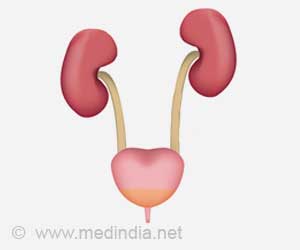
What Is Retinopathy of Prematurity (ROP)?
In babies, the development of the blood vessels of the retina should be complete by birth. But with preterm birth, the still-immature retina can develop a potentially blinding eye disorder known as retinopathy of prematurity. When premature babies transition from inside the womb, where oxygen levels are relatively low, to significantly higher oxygen levels in the incubator, this creates a sensation that their still-developing retina is getting too much oxygen.‘Blocking the accumulation of cholesterol ester that makes retinal cells more inflammatory might help in protecting the vision of premature babies.’





That sensation inhibits normal blood vessel development, but the retinal neurons keep growing, which leads instead to relative hypoxia, or too little oxygen to the retina. hypoxia increases the expression of the receptor that causes the movement of cholesterol into cells in the retina.Following this, a cascade occurs that grows more blood vessels to make up the oxygen deficit. But this well-intended response can prove problematic instead, resulting in what is called pathological retinal neovascularization. Now, Medical College of Georgia scientists have found a solution.
New Hope for Protecting Premature Babies from Blindness
They explored the small molecule K604, which is being used in cancer and Alzheimer’s disease. K604 blocks ACAT1, or acyl-Coenzyme A: cholesterol acyl transferase 1, an enzyme that converts free cholesterol and long-chain fatty acids to cholesterol esters, basically smaller pieces of cholesterol that can be more easily eliminated by the liver to keep cholesterol levels from getting too high.Scientists have already seen that TREM1 has a role in pathological neovascularization and a relationship with ACAT1. Hence, they hypothesize that ACAT1 inhibition helps restore a more normal metabolism to a situation that has gone haywire.
Microglia are a type of immune cells that ingest debris and can also help turn inflammation up or down. Microglia are specific to the central nervous system and are always present in the retina to help maintain healthy homeostasis, like keeping the retina clear of debris.
As more microglia/macrophages move in, more cholesterol and lipid accumulate, ACAT1 expression increases, and so does the expression of vascular endothelial growth factor, or VEGF, which is needed to make new blood vessels. The unfortunate results include inflammation and the growth of abnormal blood vessels.
Advertisement
The next steps should include a clinical trial in babies of K604, which is known to be safe in humans, and which, in their model helps dissolve the leaky, obstructive blood vessels paving the way for normal ones.
Advertisement
Source-Eurekalert














